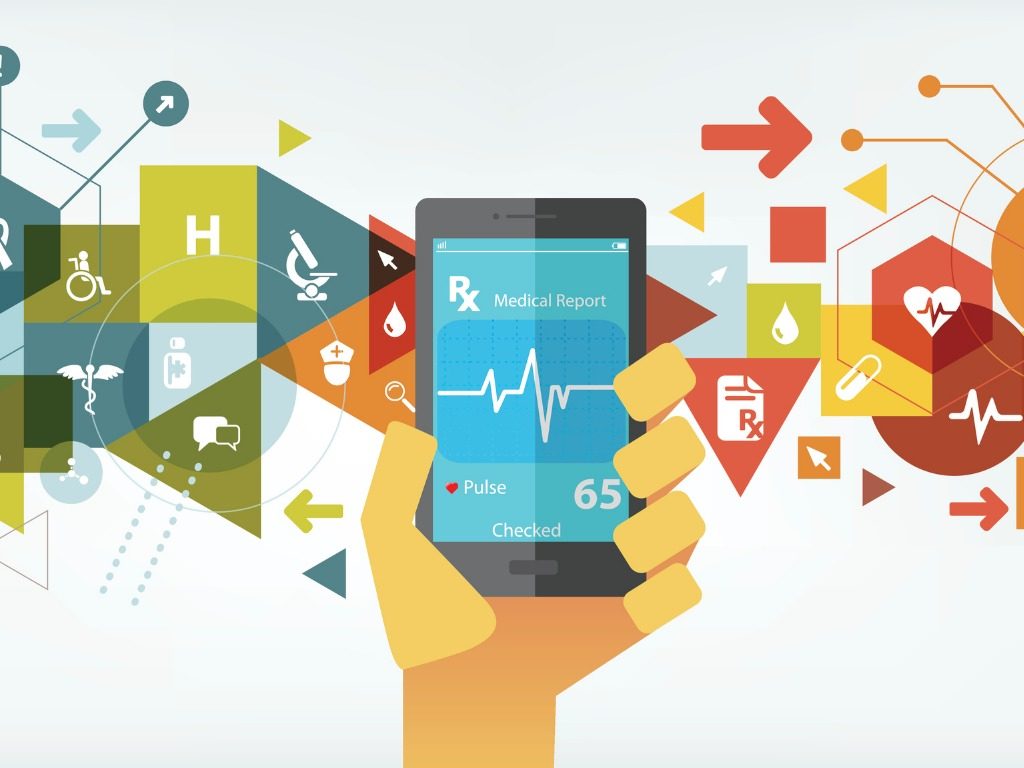Big Data Analytics in Healthcare — Predictions on Growth
These survey insights seem to be an accurate preview of the latest research study, titled, “Big Data Analytics in Healthcare Market.” In 2017, the Global Big Data Analytics in Healthcare Market was valued at $16.87 billion, and is projected to reach $67.82 billion by 2025, growing at a CAGR of 19.1% from 2018 to 2025.
Big Data’s commanding influence by key players include All Scripts, Cerner, Dell EMC, Epic System Corporation, GE Healthcare, Hewlett Packard Enterprise (HPE), International Business Machines (IBM) Corporation, Microsoft, Optum, and Oracle Corporation.










